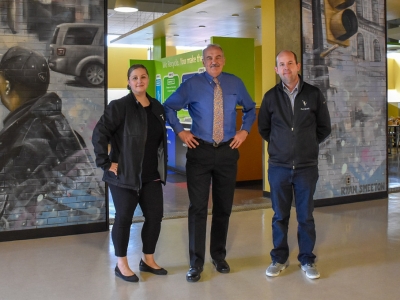By Jena Lynde-Smith
Housing plays an integral role in Canada’s economy, environment, and society, and in an era of climate change, creating sustainable housing has become incredibly important to the integrity and longevity of the built environment and the health and wellness of occupants.
An internationally recognized leader in sustainable housing, Carleton has made it a priority to challenge what’s possible for energy efficiency solutions. Researchers are looking at occupant comfort, new technologies, data mining, solar energy and more. Read about some of their current projects below.
Prioritizing Building Occupants
When Liam O’Brien thinks about sustainable building design, his priority is to research how people use buildings and provide recommendations to prioritize occupant comfort.
A professor in Architectural Conservation and Sustainability Engineering in Carleton’s Department of Civil and Environmental Engineering, O’Brien studies the interaction between people and buildings to simultaneously improve occupant comfort and energy efficiency.
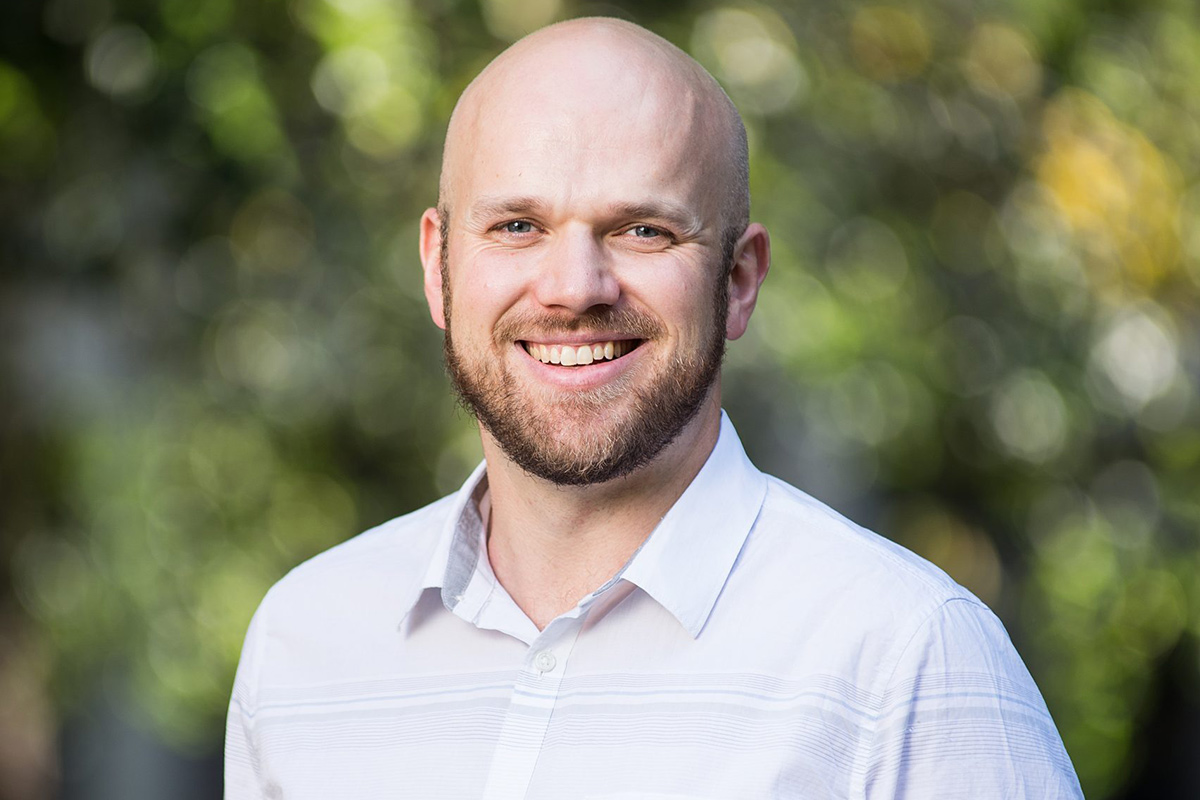
Prof. Liam O’Brien
Given that energy use in residential and commercial buildings accounts for 22 per cent of greenhouse gas emissions in Canada and nearly two-thirds of building energy is used for space heating, conserving energy while addressing comfort is the ultimate goal.
“It doesn’t matter how well we plan and design the technical aspects of a building,” said O’Brien in a Carleton research story. “If it doesn’t integrate well with people and their comfort and preferences, then it’s not going to be a successful building.”
Read more on O’Brien’s research here.
Creating Greener Buildings
Roughly one-third of the world’s energy is consumed by buildings, and in Canada, most of that energy is used for heating. Reducing that demand is one of the cheapest and most effective ways to cut carbon emissions. However, before we optimize a building’s energy systems with renewables such as solar and geothermal power, we need to ensure it has a good building envelope: its roof, sub-floor, windows, exterior doors and walls — basically everything between the climate-controlled indoors and the uncontrolled climate beyond.
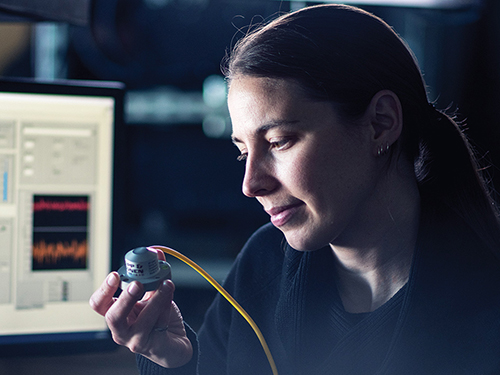
Prof. Cynthia Cruickshank
Carleton’s Centre for Advanced Building Research (CU-CABER) is addressing this problem by developing new technologies to make new builds more efficient and allow existing structures to be retrofitted to become more energy efficient.
Led by Associate Professor of Mechanical and Aerospace Engineering, Cynthia Cruickshank, CU-CABER is a six-year initiative supported by Natural Resources Canada’s Energy Innovation Program and the Ontario Research Fund.
“Better building envelopes promise to make our homes, schools and places of work more comfortable, durable and resilient,” said Cruickshank in a Carleton newsroom story.
Learn more about CABER here.
Improving Energy Efficiency through Data Management
Barak Gunay, assistant professor in Carleton’s Department of Civil and Environmental Engineering and researcher in the Sustainable Building Energy Systems Group, is developing a data-mining tool that will improve building energy efficiency.
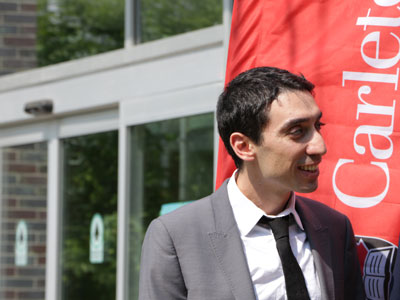
Prof. Burak Gunay
His research applies state-of-the-art data mining techniques to analyze operational data sources like building automation systems, energy meter networks, computerized maintenance management systems and Wi-Fi traffic data. This data is then used to detect operational abnormalities and systems that may not be working correctly. The tool, funded by NRCan Green Infrastructure, CopperTree Analytics, Delta Controls, Sensible Building Science and Bentall GreenOak, is providing brand new insights on energy efficiency.
“There is a lot of focus on designing energy efficient buildings, but even well-designed buildings can function inefficiently unless further quality assurance measures are taken,” said Gunay in the project announcement.
“Without the proper tools, it is very difficult for building managers to diagnose problems and correct them. This tool will provide operators with key metrics and insights into building functionality.”
Gunay’s technology has already been applied to Carleton’s Canal building and has resulted in saving approximately 30 per cent in office energy use.
Read more about the project here.
Alternative Heating Methods

Prof. Ian Beausoleil-Morrison
Ian Beausoleil-Morrison, a former Canada Research Professor in Carleton’s Department of Mechanical and Aerospace Engineering, is addressing sustainability through solar heating. As the lead researcher in the Urbandale Centre for Home Energy Research, he and his team of students capture solar energy in the summertime to use during Ottawa’s cold winter, when there is less sunlight available.
They test different techniques to seasonally store plentiful renewable resources from the summer. For example, solar panels on the roof can heat either a tank of water or a box of sand — both buried nearby the building.
“We want to provide 90% of the space-heating and hot water needs (the majority of the energy needs in houses) for a typical year,” Beausoleil-Morrison said in a Carleton research story.
Funded by several partners including the Canada Foundation for Innovation, the Ontario Research Fund, and Urbandale Construction, Beausoleil-Morrison hopes to make an impact by reducing the energy burden of housing.
Learn more about the Urbandale Centre for Home Energy Research here.
Small Homes, Small Impact
If you’ve walked along the Rideau River on Carleton’s campus, you’ve likely passed a tiny house, which resides beside Richcraft Hall. This house, called the Northern Nomad, was custom-built by engineering students with a focus on efficiency. The project was led by Civil and Environmental Engineering professor, Scott Bucking, and included more than 50 sponsors.
As a net-zero building, the house uses solar power, storing the excess in its battery. It also generates its own water. Given its success, Bucking has plans for a second tiny house.
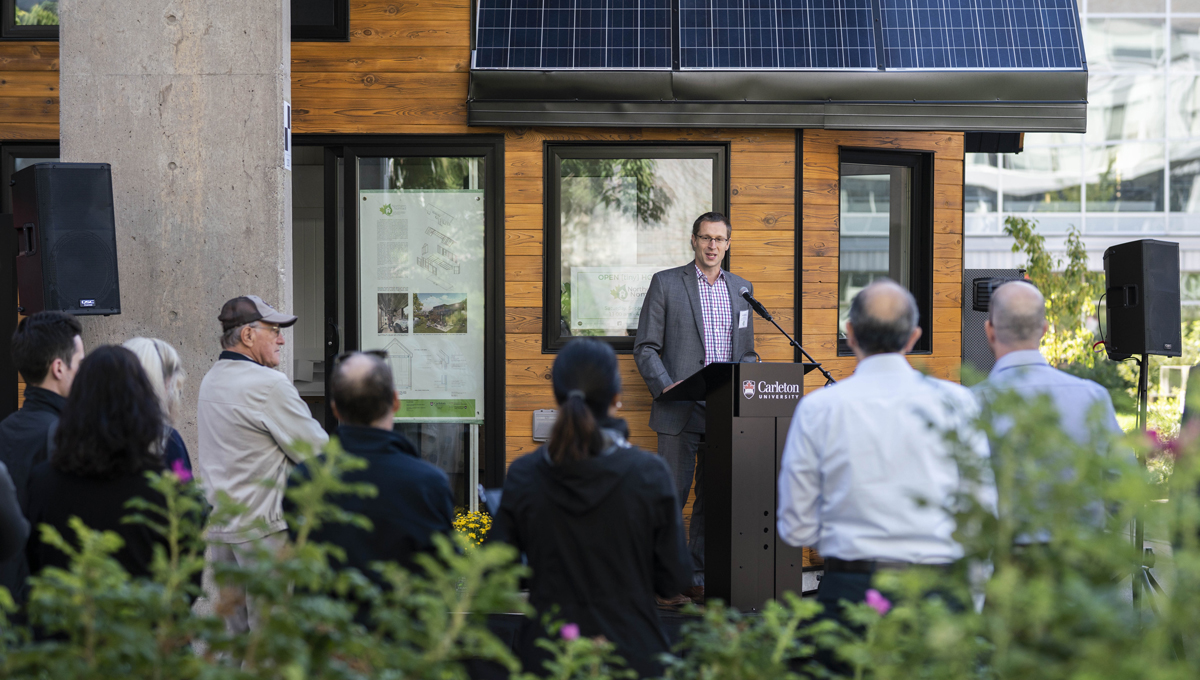
Prof. Scott Bucking outside his tiny house
“This is moving toward the future of sustainability,” said Bucking when the home opened its doors. “It’s not only using sustainable energy, it’s looking at how quickly that infrastructure pays itself off in terms of its carbon budget.”
On a larger scale, projects like this means Ontario won’t need to use as many non-renewable resources — like natural gas — to generate electricity needs during the summer.
Learn more about Bucking’s tiny home here.
Related Stories
- https://challenge.carleton.ca/net-zero-sustainable-living/
- https://challenge.carleton.ca/climate-change-building-technology-caber/
- https://newsroom.carleton.ca/story/people-buildings-energy-efficiency/
Tuesday, December 20, 2022 in Engineering, Environment and Sustainability, Research
Share: Twitter, Facebook


